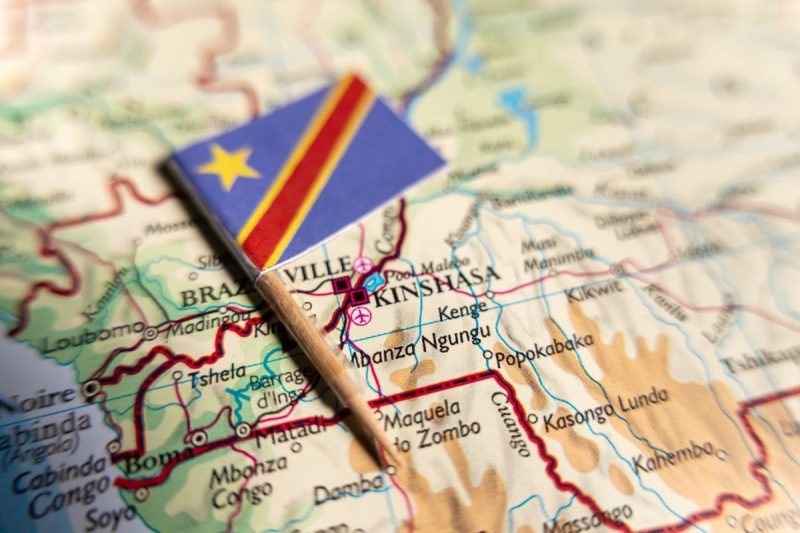The Kipushi Zinc Mine, located in the Democratic Republic of Congo (DRC), has officially reopened its doors after a lengthy 31-year hiatus. This significant event marks a return to production in one of the world’s richest zinc deposits, with a long history dating back to its initial discovery in 1891. The revival of operations at Kipushi follows years of planning, preparation, and investment in modernizing the mine to meet contemporary standards of safety, efficiency, and environmental sustainability.
One of the standout aspects of the Kipushi Zinc Mine is its rich history of production and the critical role it has played in the mining industry of the DRC and beyond. As one of the oldest mines in the country, Kipushi has been a crucial source of zinc, lead, copper, and germanium for over a century. The reopening of the mine not only signifies a new chapter for its legacy but also presents an opportunity to leverage the latest technologies and practices to maximize its potential output.
The decision to reopen the Kipushi Zinc Mine comes at a time when the global demand for zinc and other base metals is on the rise, driven by various industries such as construction, automotive, and electronics. With its vast reserves and strategic location in the heart of Africa, Kipushi is well-positioned to capitalize on this growing demand and contribute significantly to the region’s economy.
Moreover, the reopening of the mine is expected to create numerous job opportunities for the local community, providing much-needed employment and economic stimulus to the surrounding areas. This will not only benefit the workforce directly involved in mining operations but also stimulate growth in ancillary industries that support the mine’s activities, such as transportation, services, and infrastructure development.
In line with modern mining practices, the relaunched Kipushi Zinc Mine has prioritized sustainability and environmental protection as core principles of its operations. By implementing state-of-the-art technologies and adopting best practices in resource management, waste disposal, and rehabilitation, the mine aims to minimize its ecological footprint and operate in harmony with its natural surroundings.
Furthermore, the reopening of the Kipushi Zinc Mine has the potential to attract further investment in the region, as it showcases the DRC’s untapped mineral wealth and the government’s commitment to developing a sustainable mining sector. By demonstrating successful mine rehabilitation and production restart, Kipushi sets a positive example for other dormant or underutilized mining assets in the country and the broader African continent.
In conclusion, the revival of the Kipushi Zinc Mine in the DRC represents a significant milestone in the mining industry, signaling a return to production at a historic site with immense potential. As the mine reopens its doors after a three-decade hiatus, it not only rejuvenates a key player in the global base metals market but also creates opportunities for economic growth, job creation, and environmental stewardship. With a renewed focus on sustainability and modernization, Kipushi is poised to make a lasting impact on the mining sector in the DRC and contribute to the country’s development goals for years to come.
